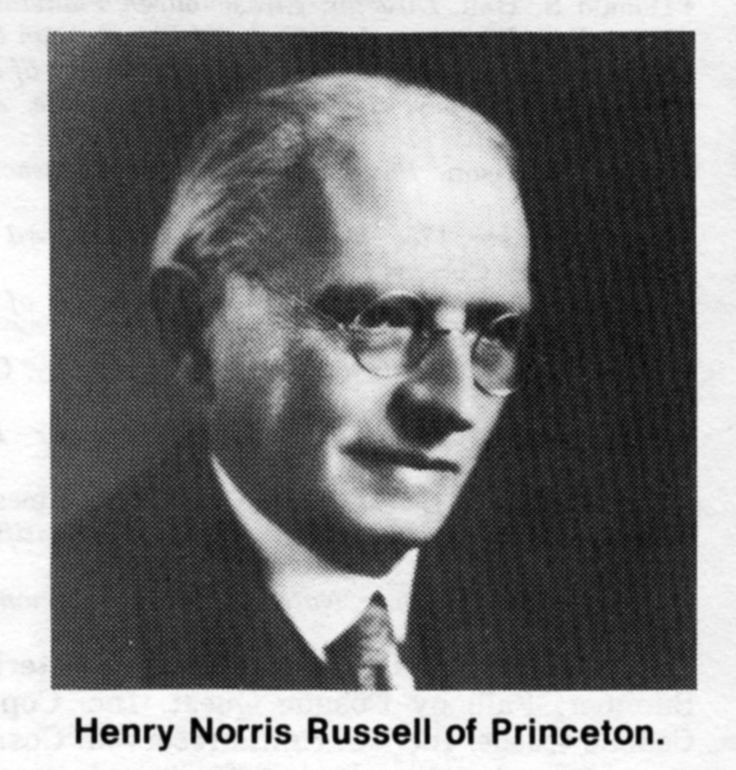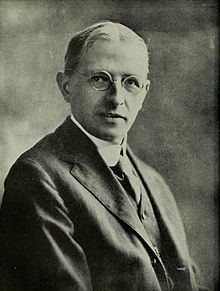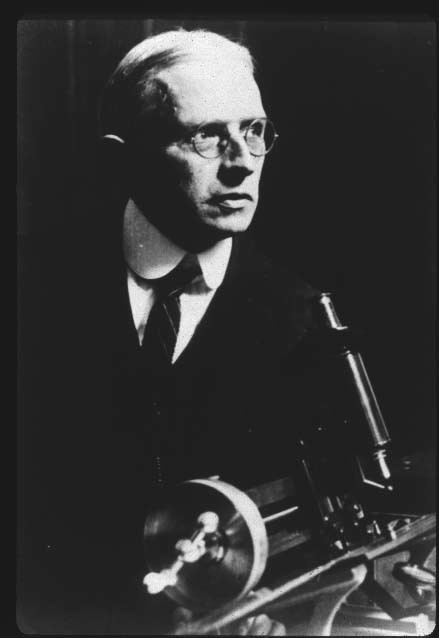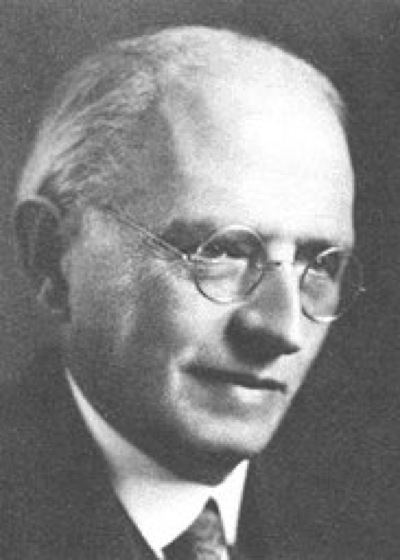Nationality American Name Henry Russell | Institutions Princeton University Role Astronomer | |
 | ||
Born October 25, 1877Oyster Bay, New York, USA ( 1877-10-25 ) Doctoral students Harlow ShapleyDonald Howard MenzelLyman Spitzer Known for Hertzsprung–Russell diagramRussell–Saunders term symbolVogt-Russell theorem Books The Solar System and Its Origin, Fate and Freedom Similar People | ||
Henry Norris Russell (October 25, 1877 – February 18, 1957) was an American astronomer who, along with Ejnar Hertzsprung, developed the Hertzsprung–Russell diagram (1910). In 1923, working with Frederick Saunders, he developed Russell–Saunders coupling which is also known as LS coupling.
Contents

Biography

Russell was born in 1877 in Oyster Bay, New York. He studied astronomy at Princeton University, obtaining his B.A. In 1897 and his doctorate in 1899, studying under Charles Augustus Young. From 1903 to 1905, he worked at the Cambridge Observatory with Arthur Robert Hinks as a research assistant of the Carnegie Institution and came under the strong influence of George Darwin.

He returned to Princeton to become an instructor in astronomy (1905–1908), assistant professor (1908–1911), professor (1911–1927) and research professor (1927–1947). He was also the director of the Princeton University Observatory from 1912 to 1947. He died in Princeton, New Jersey in 1957 at the age of 79.

In November 1908 Russell married Lucy May Cole (1881-1968). They had four children. Their youngest daughter, Margaret, married the astronomer Frank K. Edmondson in the 1930s.
Published work
Russell co-wrote an influential two-volume textbook in 1927 with Raymond Smith Dugan and John Quincy Stewart: Astronomy: A Revision of Young’s Manual of Astronomy (Ginn & Co., Boston, 1926–27, 1938, 1945). This became the standard astronomy textbook for about two decades. There were two volumes: the first was The Solar System and the second was Astrophysics and Stellar Astronomy. The textbook popularized the idea that a star's properties (radius, surface temperature, luminosity, etc.) were largely determined by the star's mass and chemical composition, which became known as the Vogt-Russell theorem (including Heinrich Vogt who independently discovered the result). Since a star's chemical composition gradually changes with age (usually in a non-homogeneous fashion), stellar evolution results.
Controversy
Henry Norris Russell dissuaded Cecilia Payne-Gaposchkin from concluding that the composition of the Sun is different from that of the Earth in her papers, as it contradicted the accepted wisdom at the time. However, he changed his mind four years later after deriving the same result by different means. After Payne was proven correct, Russell briefly credited Payne for discovering that the Sun had a different chemical composition from Earth in his paper. However the credit was still generally given to him instead.
